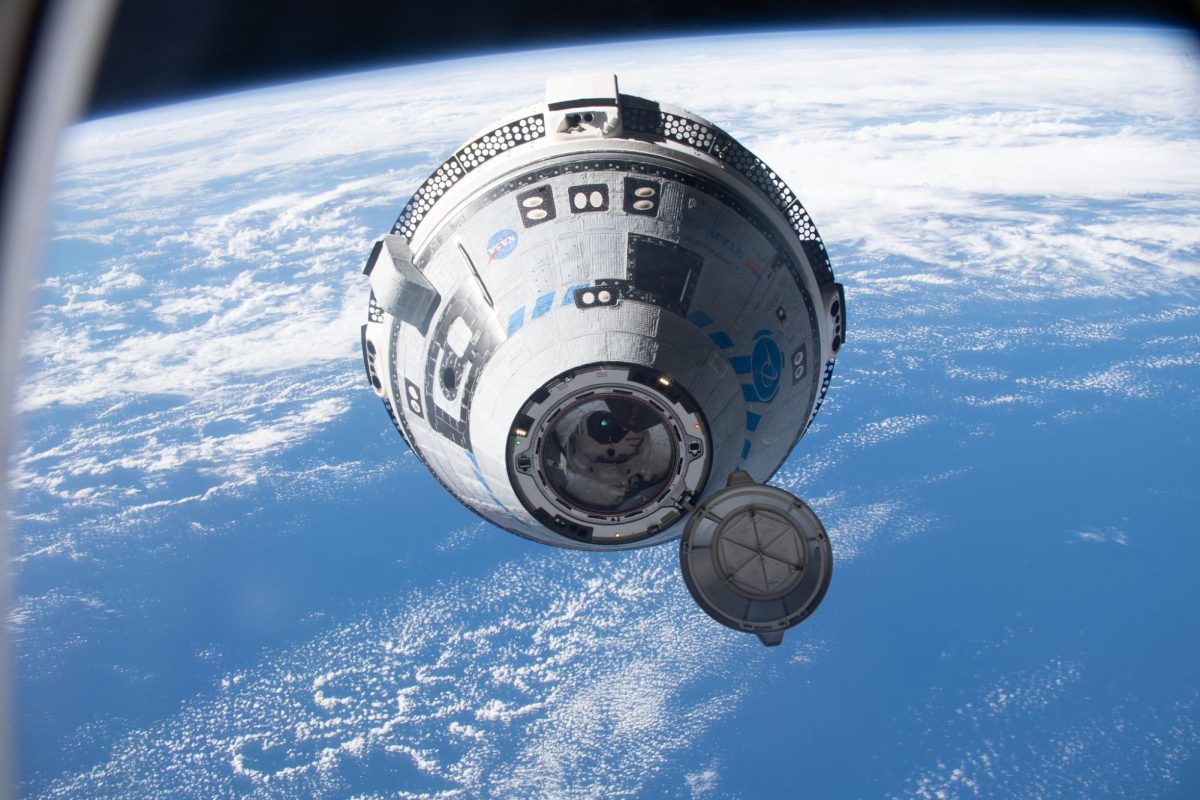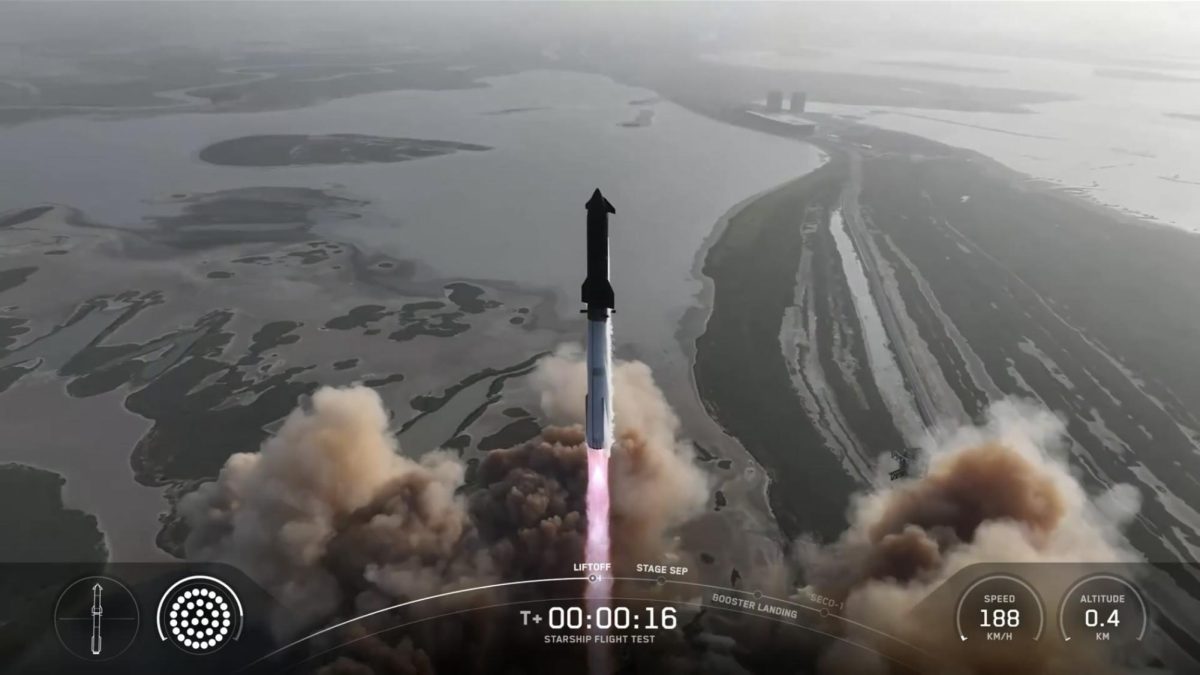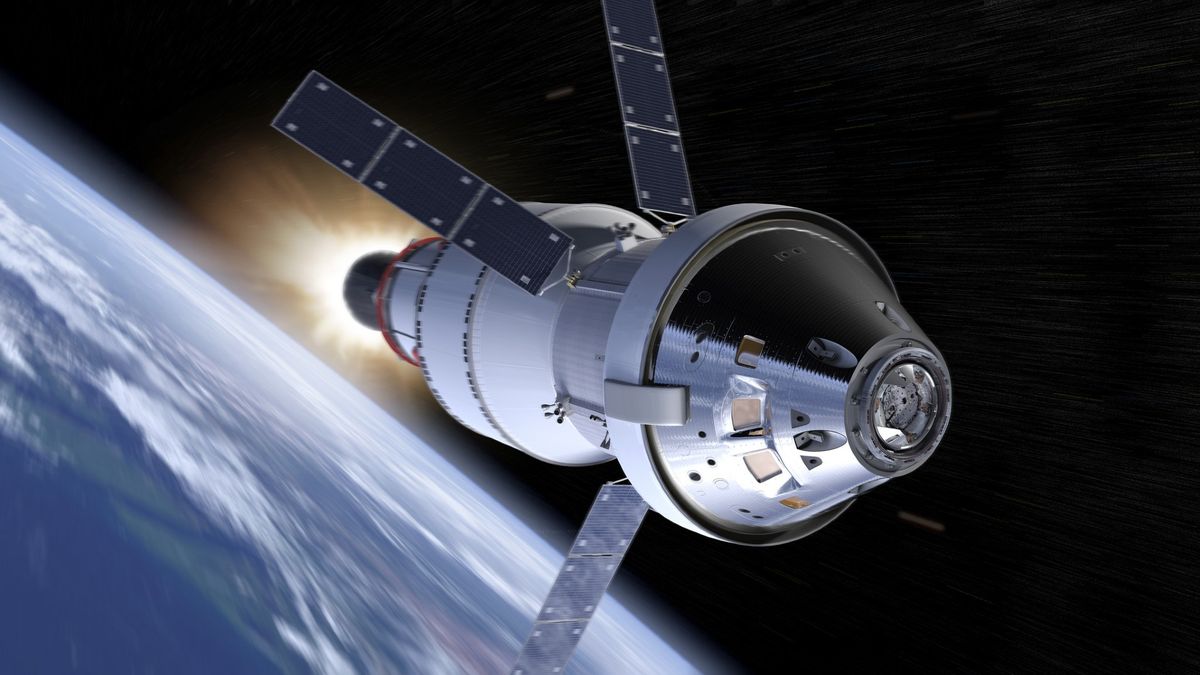The International Space Station (ISS) is a remarkable achievement in space exploration. It is a large spacecraft that orbits the Earth and provides a unique environment for scientific research. The ISS is the result of collaboration between multiple countries, including the United States, Russia, Japan, Europe, and Canada.
The idea for the ISS was first proposed in the 1980s, and it officially began construction in 1998. Building the ISS involved launching and connecting modules in space. Various international partners contributed modules and components, with over 40 assembly flights and spacewalks required to complete the construction. Astronauts and cosmonauts from different countries worked together to build and maintain the station.
The ISS is equipped with advanced technology, including pressurized modules and solar arrays. It serves as a platform for scientific research in fields such as biology, physics, astronomy, and materials science. The ISS is also used to test technologies and systems for future space missions, including those to the Moon and Mars.
The international collaboration behind the ISS demonstrates the power of cooperation in space exploration. It has expanded our scientific knowledge and strengthened diplomatic ties between nations. As the ISS continues to orbit the Earth, it stands as a symbol of what can be achieved through international cooperation in space exploration.
Related Article:
https://www.nasa.gov/international-space-station/
https://www.britannica.com/topic/International-Space-Station
https://www.newscientist.com/article-topic/international-space-station/
https://www.space.com/16748-international-space-station.html
https://theconversation.com/us/topics/international-space-station-iss-7521
Take Action:






